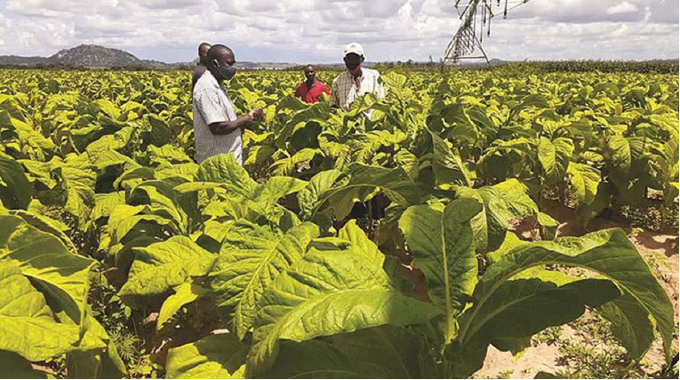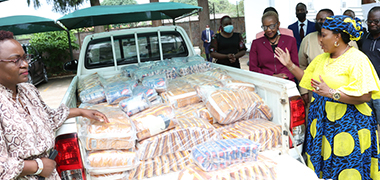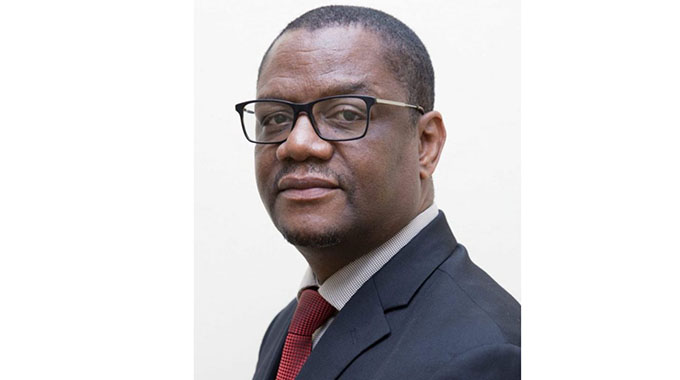Tobacco hectarage rises 37pc, as 85 870ha planted

Edgar Vhera
Agriculture Specialist Writer
THE country is pulling out all stops to plant 167 765 hectares of tobacco to match the seed sales for the 2022/23 season amid revelations that 85 870ha had been planted as at December 19 this year compared to 78 654ha during the same period last year, marking a nine percent increase.
This was disclosed in the weekly Agricultural Advisory and Rural Development Services (AARDS) report dated December 19.
There was a 25 percent jump in the area planted to dryland tobacco from 54 216ha in 2021 to the current 67 689ha.
Mashonaland West province accounted for 37 percent of the planted area followed by Mashonaland Central and East at 28 and 20 respectively.
Zimbabwe National Farmers Union (ZNFU) president Mrs Monica Chinamasa said the tobacco crop was looking good and the hectarage this year was likely to surpass that of last year.
“The Tobacco Industry and Marketing Board (TIMB) is more active and well organised this year compared to last year. They seem to be a more positive attitude to increase production this time around and have since opened a platform for tobacco farmers to share ideas and other issues, for instance, reporting defaulting contractors that do not give beneficiaries the agreed quantities of inputs.
“Reaping is the dominant activity now for the irrigated tobacco although power cuts are causing big losses for farmers, as they are using diesel powered generators throughout,” said Mrs Chinamasa.
Tobacco Farmers Union Trust (TFUT) vice president Mr Edward Dune said generally most tobacco farmers had finished planting and the crop was looking well.
“The area under tobacco this year is likely to surpass last season’s. Most dryland farmers have finished planting their crop while those on irrigation are busy reaping.
“The only challenge among this lot is the increased electricity load shedding hours, which are forcing them to use diesel powered generators for curing,” said Mr Dune.
Mr Dune further highlighted that most of the dryland tobacco was in the topping stage.
Mr Dune called on farmers to use calcium ammonium nitrate (CAN) and not ammonium nitrate (AN) for topping, as the residual nitrogen in AN fertiliser remains in the leaves thereby presenting challenges during curing.
“The availability of nitrogen affects leaf quality, lowers the eventual price the farmers will get from the sale of their golden leaf,” added Mr Dune.









Comments